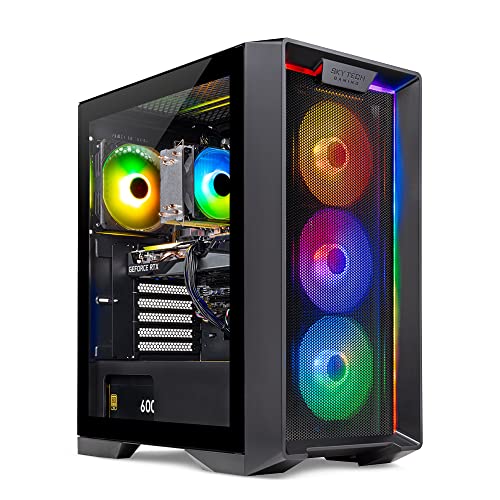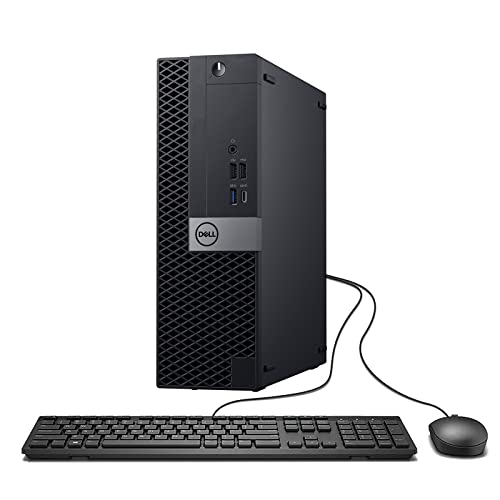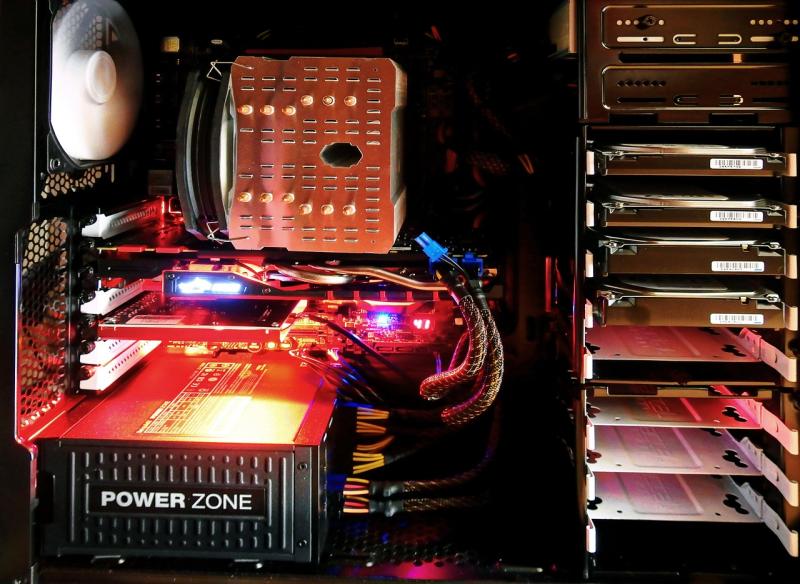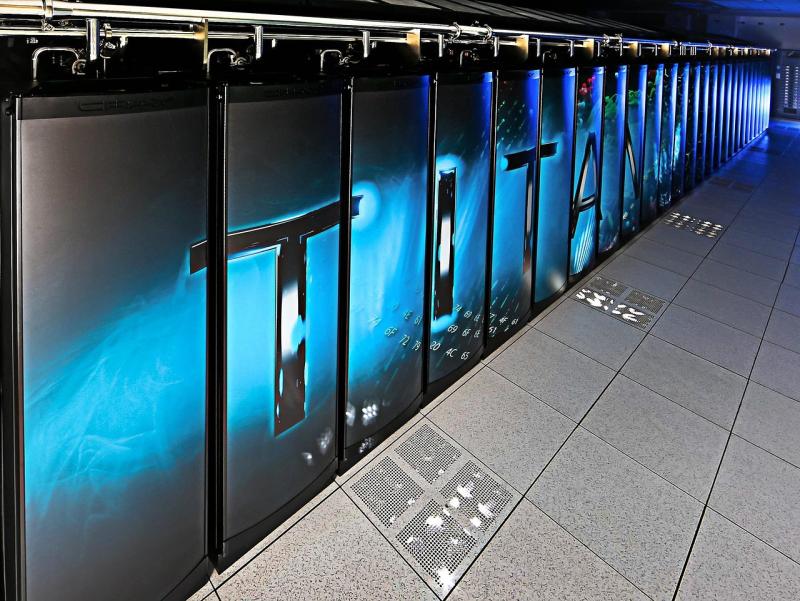A robust cooling system is crucial for maintaining the performance and longevity of high‑performance PCs. However, issues such as noise, poor airflow, or overheating can arise, impacting system stability. Diagnosing and resolving these cooling problems ensures that your hardware remains within safe operational limits.
Examine symptoms such as sudden temperature spikes, erratic fan speeds, or localized hot spots on components. These indicators may be caused by dust accumulation, failing fan bearings, or poor thermal paste application. Analyzing these signs using temperature monitoring software is the first step toward troubleshooting.
Clean the cooling components thoroughly and ensure that dust filters are regularly maintained. Replace faulty fans and consider reapplying thermal paste to key components like the CPU and GPU. Optimize fan curves in the BIOS or through dedicated software to balance cooling performance and noise levels.
Addressing cooling system issues promptly is essential to maintain optimal performance in high‑performance PCs. Through thorough diagnosis, routine cleaning, and component upgrades, you can ensure a reliable and efficient thermal environment for your system.
Comprehensive Guide to PC Cooling System Troubleshooting and Optimization
A robust cooling system is vital for maintaining performance and longevity in high-performance PCs. However, noise, poor airflow, and overheating can undermine stability and even damage components. This guide walks you through diagnosing common cooling issues, implementing effective solutions, and optimizing your thermal management for quiet, reliable operation.
Introduction
Modern CPUs and GPUs generate significant heat under heavy loads. Without proper cooling, components throttle performance or suffer permanent damage. Troubleshooting and optimizing your PC’s cooling system ensures safe temperatures, reduces noise, and extends hardware lifespan.
Tools & Software for Diagnosis
Before you begin, assemble these tools:
- Compressed air canister or electric air duster
- Soft-bristled brush and lint-free cloth
- High-quality thermal paste (e.g., Arctic MX-4, Noctua NT-H1)
- Precision screwdriver set
- Temperature monitoring software (HWMonitor, Core Temp, MSI Afterburner)
- Fan speed and voltage utilities (SpeedFan, FanControl, BIOS/UEFI)
- Infrared thermometer or thermal imaging camera (optional)
Common Cooling Issues and Their Indicators
Recognizing symptoms early prevents component failure. Key indicators include:
| Issue | Indicator | Possible Cause |
|---|---|---|
| Overheating | CPU/GPU temps > 85 °C under load | Insufficient airflow, degraded thermal paste |
| Noise | Grinding, rattling, or whining fans | Worn bearings, loose mounts, dust buildup |
| Hot Spots | Localized heat on VRMs or chipset | Poor heatsink contact, blocked airflow paths |
| Erratic Fan Speed | Sudden RPM spikes/drops | Faulty fan controller, software conflicts |
Root Causes of Cooling Problems
1. Dust Accumulation
Dust insulates heat and clogs fan blades, radiators, and heat sink fins. Over time, air pathways narrow, raising component temperatures and forcing fans to run faster.
2. Failing Fan Bearings
Bearings wear down, causing grinding noises and uneven blade rotation. This reduces airflow and increases electrical noise, leading to erratic fan curves.
3. Poor Thermal Interface
Old or improperly applied thermal paste between the CPU/GPU and heatsink introduces microscopic air gaps, drastically reducing heat transfer efficiency.
4. Suboptimal Airflow Design
Incorrect fan orientation, cable obstructions, and a lack of intake/exhaust balance can create dead zones where hot air circulates instead of exiting the case.
Temperature Monitoring & Analysis
Use software to collect baseline data:
- Run a stress test (Prime95 for CPU, FurMark for GPU) for 10–15 minutes.
- Record idle vs. load temperatures for each component.
- Note fan speeds and voltage levels during the test.
- Use an infrared thermometer to spot external hot spots on the case exterior.
Compare readings against manufacturer specifications. A steady rise beyond 80 °C under typical workloads signals the need for intervention.
Effective Resolution Strategies
1. Thorough Cleaning & Dust Management
- Remove panels and use compressed air in short bursts from 15 cm distance.
- Brush off dust on fan blades, radiators, and mesh filters.
- Install magnetic dust filters on all intake fans; clean them monthly.
2. Fan Maintenance and Replacement
- Inspect bearings: replace noisy or wobbling fans with fluid dynamic bearing or magnetic levitation models for quieter operation.
- Secure mounting screws and use rubber grommets to dampen vibration.
- Upgrade to high-static-pressure fans on radiators and dense heatsinks.
3. Thermal Paste Reapplication
- Remove old paste with isopropyl alcohol (90%+) and a lint-free cloth.
- Apply a pea-sized drop or thin line in the center of the CPU/GPU die.
- Reinstall the heatsink with even pressure to spread the paste uniformly.
4. Fan Curve Optimization
Adjust fan curves to balance noise and cooling:
- Use motherboard BIOS or utilities like FanControl to set custom RPM vs. temperature curves.
- Implement a gentle ramp: e.g., 30% speed at 40 °C, 60% at 60 °C, 100% at 80 °C.
- Enable hysteresis to avoid constant speed changes around threshold temperatures.
Advanced Cooling Upgrades
- All-In-One (AIO) Liquid Coolers: 240 mm or 360 mm radiators for lower CPU temperatures under high loads.
- Custom Water-Cooling Loops: Dedicated GPU blocks, pump reservoirs, and coolant additives for extreme overclocking.
- VRM & Chipset Heatsinks: Stick-on copper pads or fan-cooled heat sinks to manage motherboard hot spots.
- Case Fan Configuration: Negative vs. positive pressure strategies for dust control and airflow efficiency.
- Acoustic Dampening: Foam panels, vibration-absorbing mounts, and isolation feet to reduce noise transmission.
Case Study: From Overheating Chaos to Cool Precision
A gaming enthusiast reported GPU throttling at 90 °C and constant fan noise above 60 dBA. Steps taken:
- Disassembled the rig; removed 25 g of accumulated dust from fans and heatsinks.
- Replaced three aging 120 mm sleeve-bearing fans with 140 mm fluid dynamic bearing fans.
- Reapplied premium thermal paste on CPU (Ryzen 9 5900X) and GPU (RTX 3080).
- Installed a 360 mm AIO cooler for the CPU; repositioned exhaust fan to the top panel.
- Configured fan curves: quiet idle (25% RPM), aggressive load cooling (100% RPM at 75 °C).
Results:
- CPU peak temperature dropped from 85 °C to 65 °C under full load.
- GPU sustained 70 °C maximum during gaming sessions.
- Average noise level reduced from 60 dBA to 38 dBA.
Best Practices Checklist
- Monitor temperatures and fan speeds monthly with reliable software
- Clean dust filters and fans every 1–3 months depending on environment
- Reapply thermal paste every 2–3 years or when replacing coolers
- Use high-quality fans with fluid dynamic or magnetic levitation bearings
- Balance intake and exhaust for optimal positive pressure
- Adjust fan curves with hysteresis to minimize noise fluctuations
- Consider liquid cooling for sustained high-load scenarios
- Insulate and dampen case panels to reduce noise transmission
Conclusion
Addressing PC cooling issues promptly—through diagnosis, cleaning, component upgrades, and optimized fan management—ensures your high-performance system runs cool, quiet, and reliable. By following this comprehensive troubleshooting guide, you’ll maintain safe operational temperatures, extend hardware lifespan, and enjoy a more stable computing experience.







